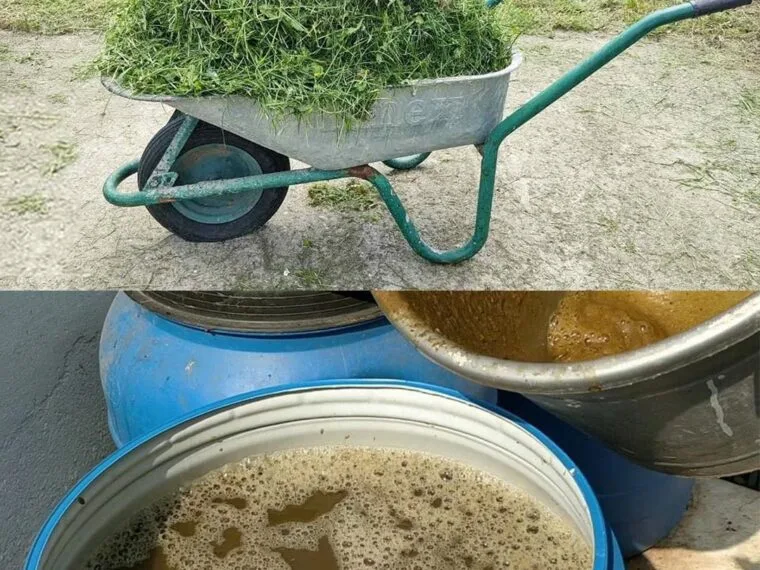Creating your own liquid fertilizer is not only an eco-friendly way to nourish your plants, but it can also save you money and reduce waste. Many ancient cultures have practiced the art of composting and natural fertilization, utilizing readily available materials. In this article, we will explore how to make free liquid fertilizer using common household items and organic waste, following an ancient method that’s effective and sustainable.
Understanding Liquid Fertilizer
What is Liquid Fertilizer?
Liquid fertilizer is a nutrient-rich solution that can be applied directly to plants or soil to enhance growth. Unlike granular fertilizers, liquid fertilizers are quickly absorbed by plants, making them an efficient way to deliver essential nutrients.
Benefits of Liquid Fertilizer
- Fast Absorption: Plants can absorb nutrients more quickly from liquid fertilizers.
- Versatile: It can be used on various plants, including vegetables, flowers, and houseplants.
- Eco-Friendly: Making your own fertilizer reduces the need for chemical fertilizers and minimizes waste.
Materials You Can Use
You can create liquid fertilizer from a variety of materials, including:
- Kitchen Scraps: Fruit and vegetable peels, coffee grounds, eggshells.
- Garden Waste: Grass clippings, leaves, and plant trimmings.
- Manure: Animal waste (well-composted) can provide rich nutrients.
- Seaweed: Known for its trace minerals, it can be used fresh or dried.
Ancient Method: Making Liquid Fertilizer
Step-by-Step Guide
1. Collect Your Materials
Gather your kitchen scraps or other organic waste. Aim for a mix of nitrogen-rich (greens) and phosphorus/potassium-rich (browns) materials.
2. Prepare the Mixture
- Chop or Blend: If using kitchen scraps, chop them into smaller pieces or blend them to increase the surface area for fermentation.
- Fill a Container: Place your chopped materials in a large container, such as a bucket or barrel.
3. Add Water
- Dilute the Mixture: Pour water over the organic materials until they are fully submerged. Use a ratio of about 1 part organic matter to 3 parts water.
- Stir the Mixture: Mix well to ensure all materials are soaked.
4. Fermentation Process
- Cover the Container: Use a breathable cloth or lid to cover the container, allowing air to circulate while keeping pests out.
- Let it Ferment: Place the container in a warm, shaded area for 1 to 2 weeks. Stir the mixture every few days.
5. Strain the Liquid
After the fermentation period, strain the mixture through a fine mesh or cloth to separate the liquid fertilizer from the solid waste. The resulting liquid should be dark and rich in nutrients.
6. Dilute Before Use
Before applying, dilute the liquid fertilizer with water (about 1 part fertilizer to 10 parts water) to prevent over-fertilization.
Application
How to Use Your Homemade Liquid Fertilizer
- Soil Drench: Pour the diluted fertilizer directly onto the soil around your plants to nourish their roots.
- Foliar Spray: Spray the liquid directly onto the leaves of your plants for quick absorption, particularly effective for nutrient deficiencies.
- Frequency: Use every 2-4 weeks during the growing season for optimal results.
Tips for Success
- Use Fresh Ingredients: The fresher your organic matter, the better the nutrient content.
- Experiment with Ratios: Different plants may require different nutrient profiles, so feel free to experiment with the ratios and types of materials used.
- Monitor Plant Response: Observe how your plants react to the fertilizer and adjust the concentration as needed.
Conclusion
Making free liquid fertilizer using this ancient method is a sustainable way to enhance your garden’s health while reducing waste. By utilizing kitchen scraps and organic materials, you not only save money but also contribute to a healthier environment. Start your journey into natural gardening today and watch your plants thrive with the nutrients they need!
